Ask a Question Book A Consultation
What is the purpose of Hyaluronic acid/HA injectable fillers?
The use of injectable fillers based on hyaluronic acid has revolutionized aging treatment, especially of the face. By promoting the replacement of lost volume and attenuating grooves and wrinkles, they ensure a more youthful appearance and certain functional recovery of facial aesthetics.
What is hyaluronic acid?
Is HA a natural substance?
Hyaluronic acid is a glycosaminoglycan component of the extracellular tissue of various human organs, present with the same composition in all living beings.
It is a polysaccharide found naturally in the dermis (or skin), connective tissue and in synovial fluid.
The body of an adult individual has about 15 gm of hyaluronic acid, approximately 50% of which is located in the skin. Due to its viscoelastic properties, it’s the main substance found in the dermis, making it extremely compatible.
Its ability to draw water assists in the hydration of the skin and provides tissue turgor.
Videos
How do different hyaluronic acid fillers compare?
Many different types of hyaluronic acid-based fillers are available on today’s market. While each one is a little different in its physical properties, they’re all basically cousins and act in a similar way.
Which HA fillers are approved in Canada?
There are many families of HA fillers approved in Canada and they are all considered safe.
The list includes:
- RESTYLANE®
- JUVEDERM®
- TEOSYAL®
- BOLETERO®
- STYLAGE®
- PRINCESS®
Are the results permanent?
The beauty of these products is that they are resorbable, meaning that they are degraded by your own body over time and are therefore temporary.
Consequently, as you age and your face and tastes change, filler injections can be adapted to your needs.
Ask a Question Book A Consultation
Can you reject HA fillers?
It is possible to have an adverse reaction to any injectable. The beauty of HA fillers is that they are temporary and are dissolvable with an enzyme called hyaluronidase should the need arise.
Unlike permanent fillers, with HA fillers there’s no danger to having a permanent product in your face that your body can read as a foreign object and try to reject by creating lumps, which would require surgical removal.
Where can HA fillers be injected?
These products are injected into the skin to correct deep folds and to provide volume restoration where needed or desired.
Examples of areas that can be injected are
- Cheeks
- Lips
- Hands
- Nose
- Perioral lines or smoker lines
- Nasolabial folds
- Marionette lines
- Chin
- Jawline
- Temples
- Wrinkles
- Tear troughs or hollows under the eyes
Often multiple syringes are required to achieve the desired results.
How long do the fillers last?
Treatments typically last 6-12 months, depending on the patient and the injection site.
Once you reach the desired effect fillers can often last more than 1-2 years in certain areas.
Ask a Question Book A Consultation
How do the different fillers compare?
The available commercial formulations of hyaluronic acid have great diversity as to the physicochemical properties of its products. Hyaluronic acid must pass through customized processes specific to each manufacturer, which will determine its features.
Each class of HA fillers is composed of different size molecules depending on which area of the face you want injected. There are typically fine or smaller molecules for fine lines and wrinkles. There are softer molecules for the lips. Some fillers have a higher lift capacity designed to create projection such as in the cheek, chin or jawline.
One can compare this to using different size paintbrushes to create a painting, the fat brush for the background and the fine brush for the details.
Can the fillers be used on all skin types?
Hyaluronic acid fillers are compatible with all skin types.
Are HA fillers considered safe?
Yes, HA fillers are considered safe for injection.
There’s always a possibility of having an adverse event to any product. We recommend you consult with your health care provider before any injections.
Before and after gallery


Fillers cheek lift


Fillers cheek lift


Fillers cheek lift


Lip fillers

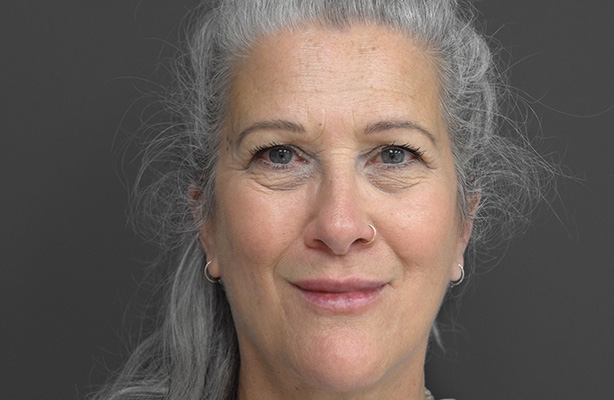
Lip fillers


Chin Fillers


Chin Fillers
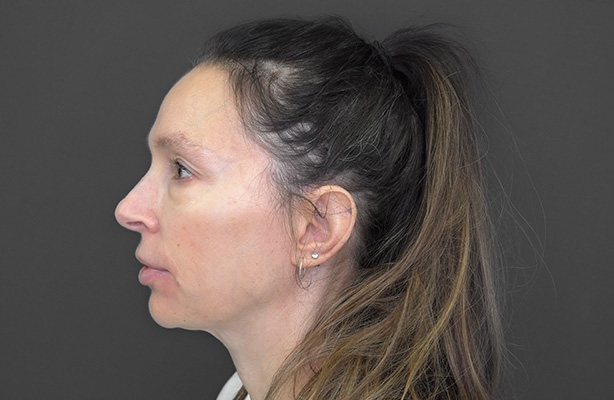
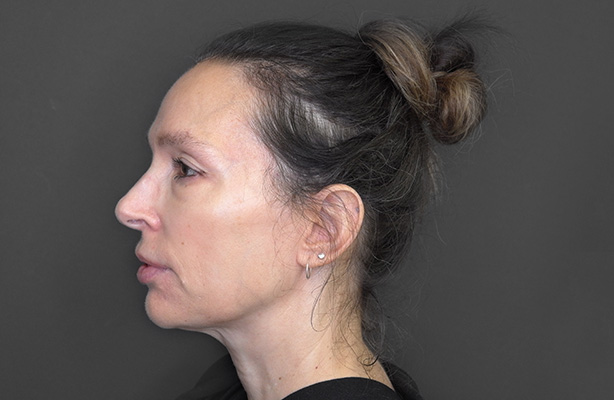
Chin Fillers
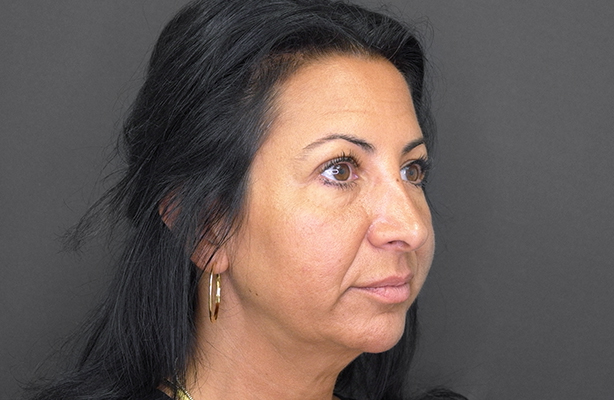
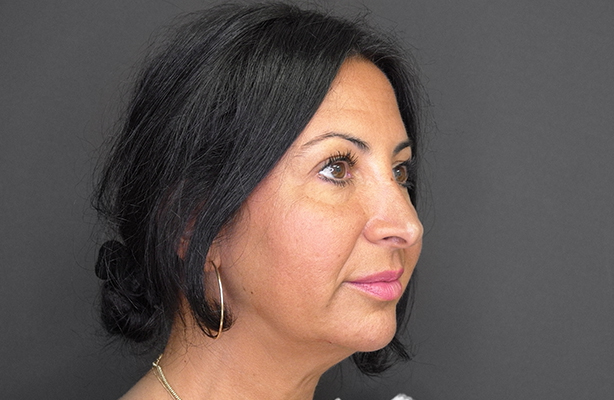
Chin Fillers


Chin Fillers

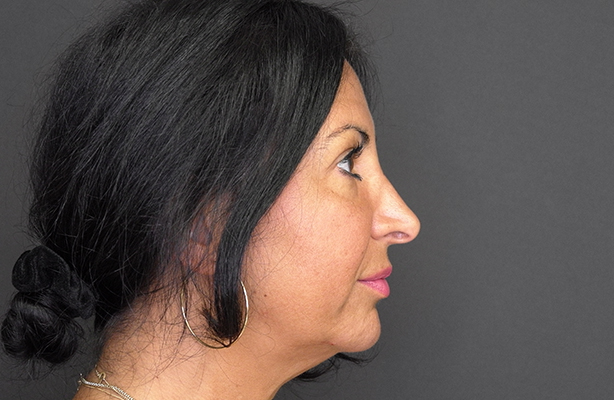
Chin Fillers


Fillers cheeks, chin, jawline


Lip fillers


Lip fillers


Lip fillers


Lip fillers


Cheeks and chin


Cheeks and chin


Under the eyes


Chin and jawline


Chin and jawline


Chin and jawline


Chin and jawline


Chin and jawline


Chin Fillers


Lip fillers


Fillers mid cheek and tear troughs


Fillers cheek lift


Fillers cheeks, tear troughs, lips and chin



